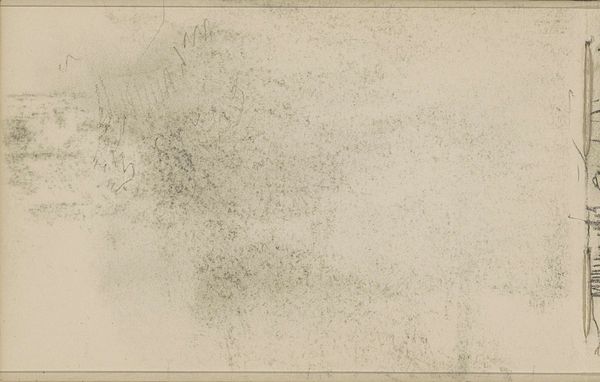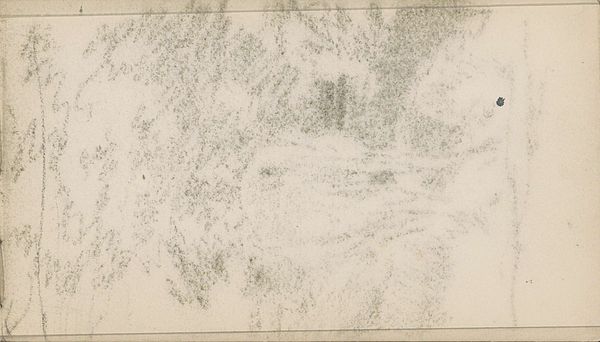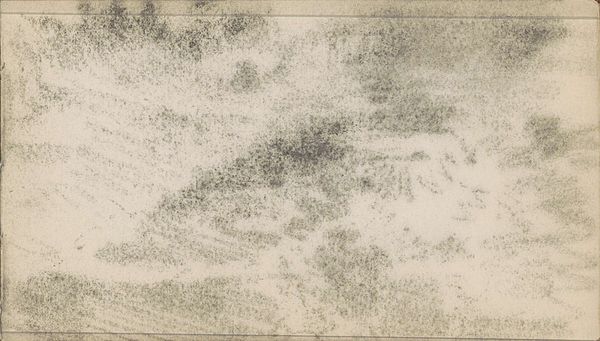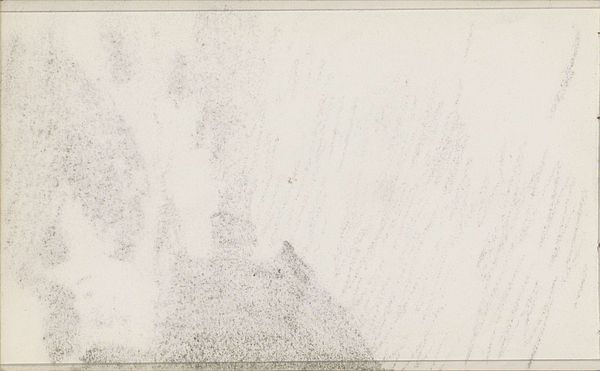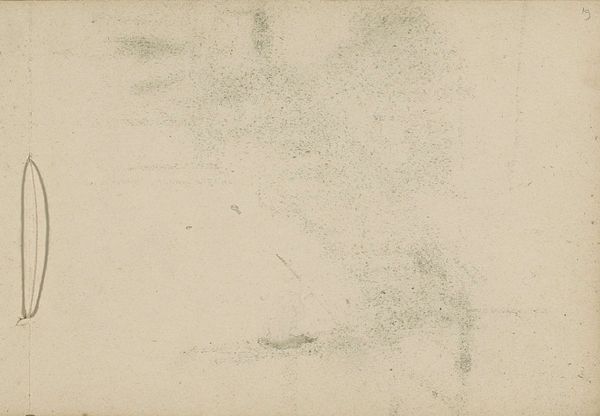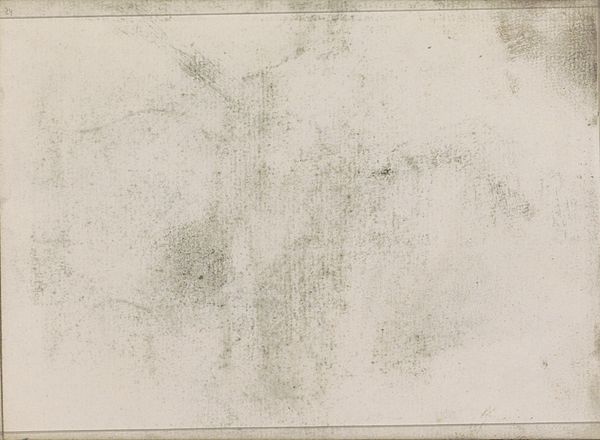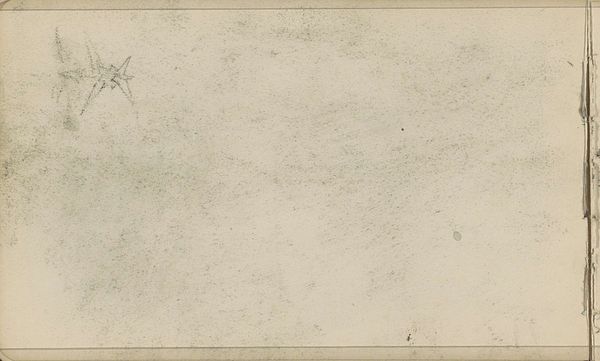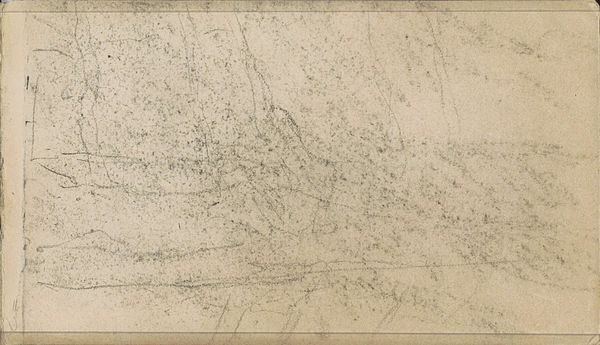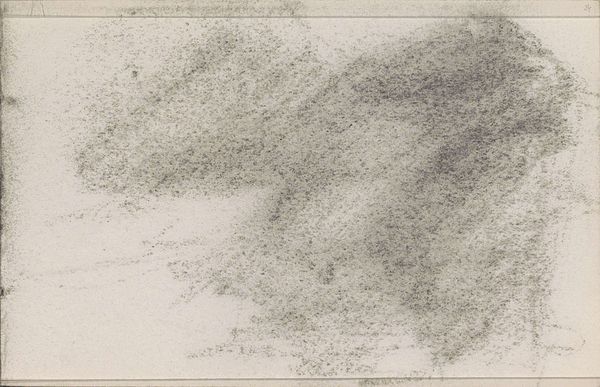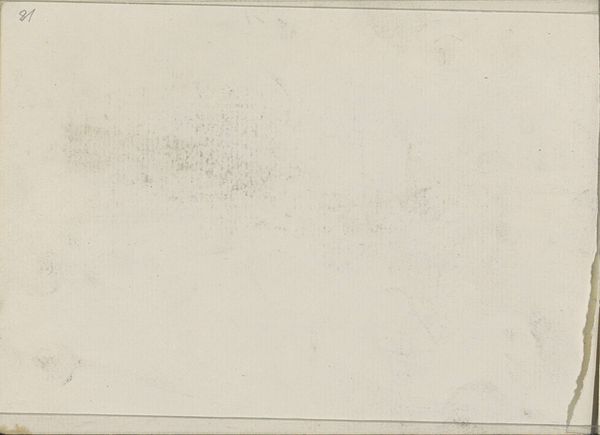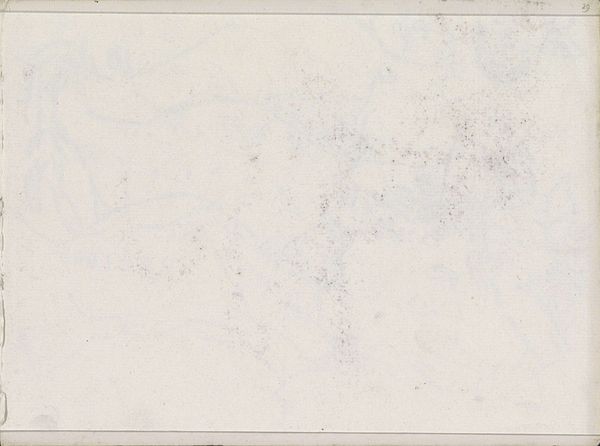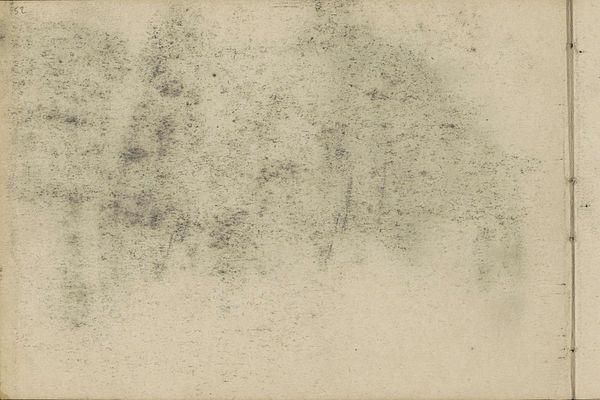
drawing, paper, pencil
#
drawing
#
pencil sketch
#
landscape
#
etching
#
paper
#
pencil
#
realism
Copyright: Rijks Museum: Open Domain
Anton Mauve made this chalk drawing in the Netherlands sometime in the mid to late 19th century. At this time, the Dutch art world was experiencing a shift away from the grand, historical paintings that had long dominated the Royal Academy. Mauve was associated with the Hague School, a group of artists who preferred more intimate and naturalistic scenes, often depicting the Dutch landscape. He was also a significant influence on his cousin-in-law, Vincent van Gogh. This drawing, with its muted tones and indistinct forms, reflects the Hague School’s focus on atmosphere and mood. It is not so much a detailed representation of a place, but rather an evocation of the feeling of the Dutch countryside. Understanding this drawing requires considering the institutions that shaped art at the time. The Royal Academy, with its emphasis on history painting, was losing ground to new artistic movements. The Hague School emerged as a progressive force, challenging the established norms and exploring new ways of representing the world. To understand the dynamics of these artistic changes, we can consult exhibition reviews and artists' correspondence from the period.
Comments
No comments
Be the first to comment and join the conversation on the ultimate creative platform.
